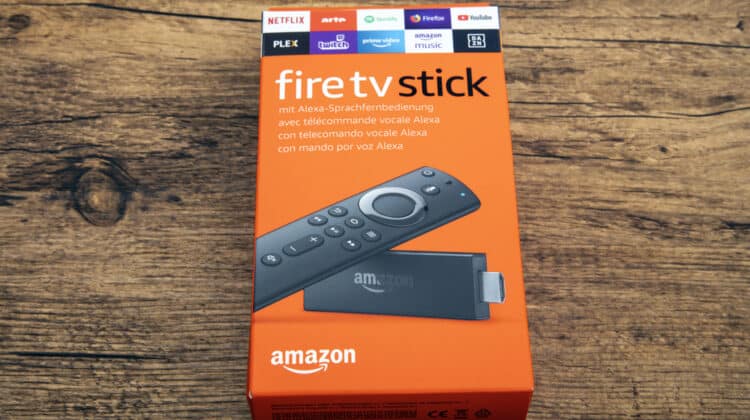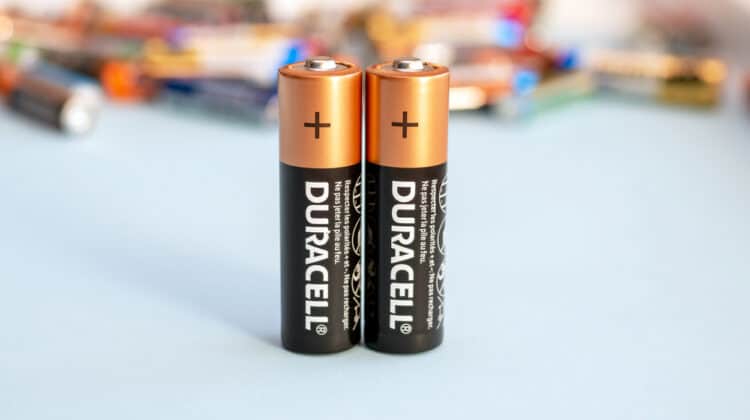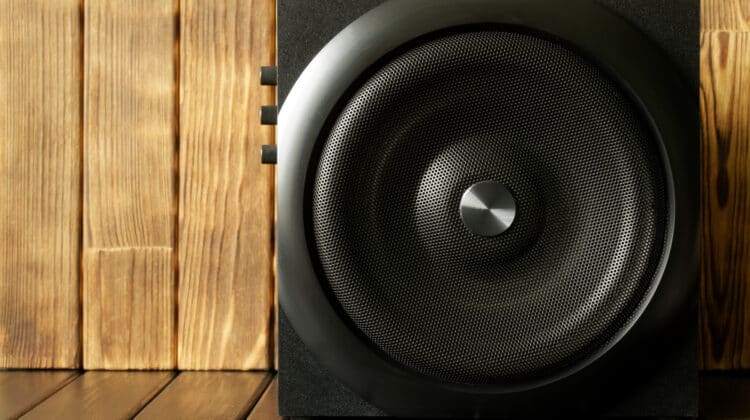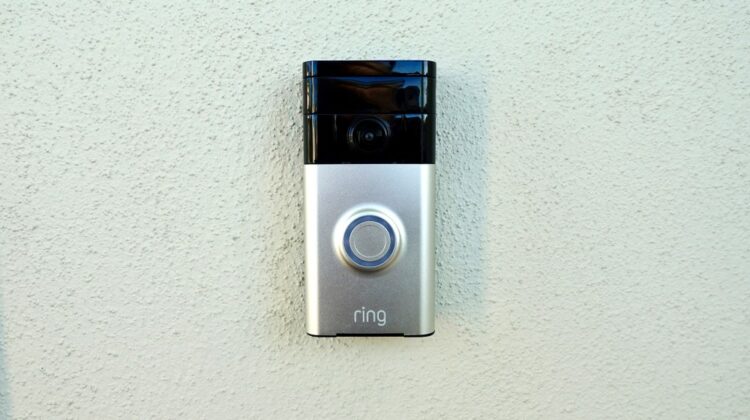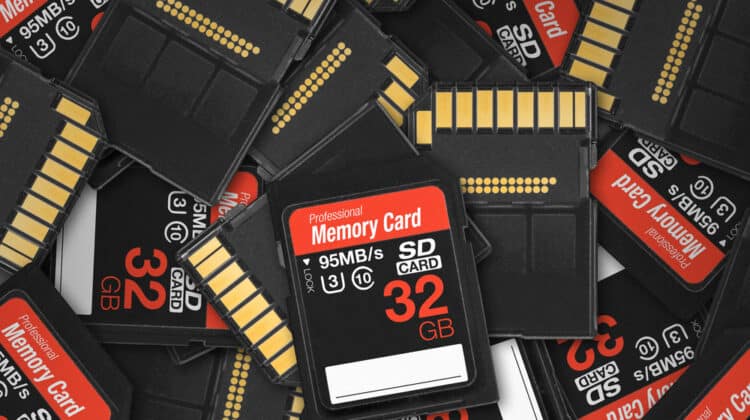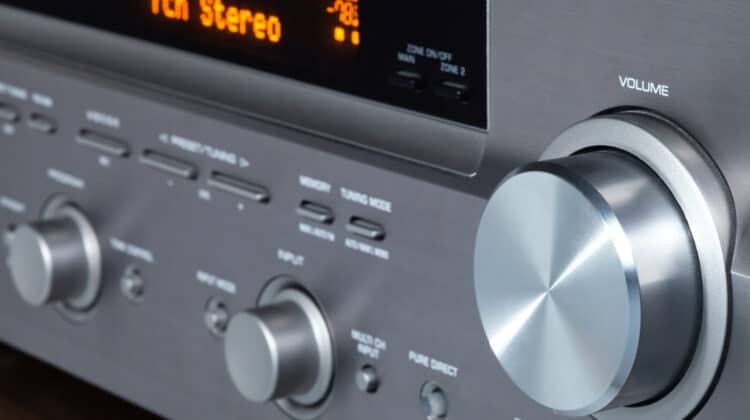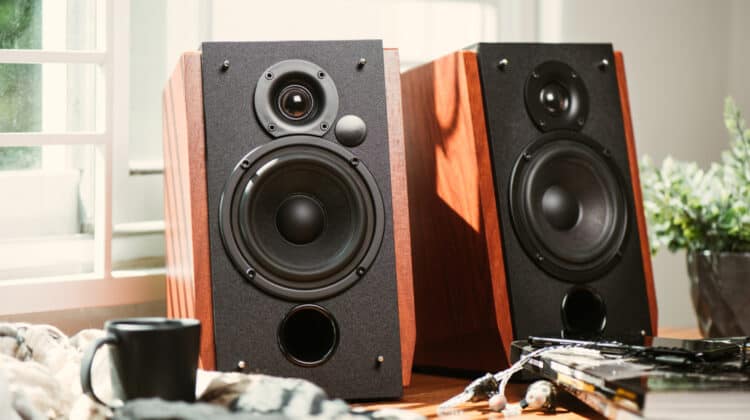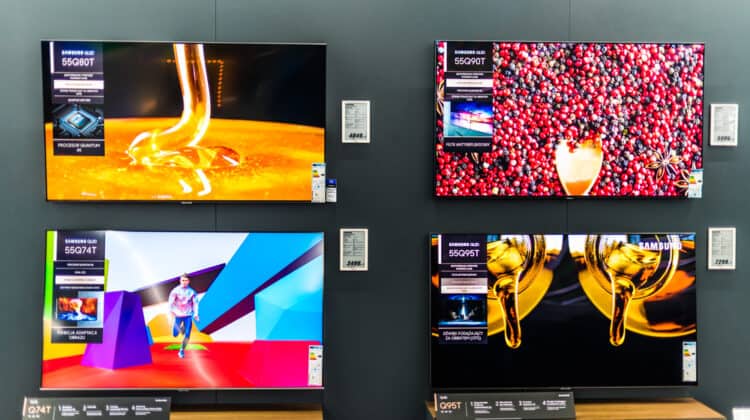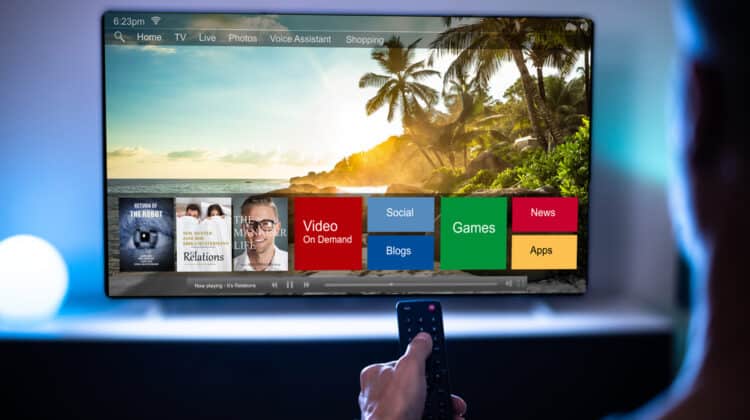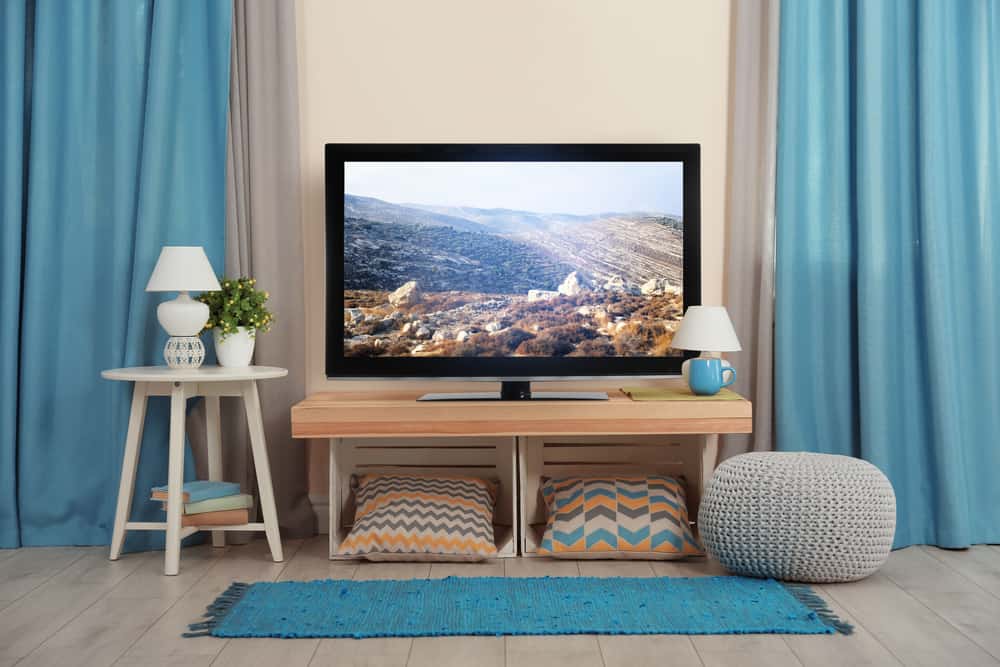
The electronics industry has seen some tremendous advancements in recent times.
These advancements have also brought significant design and performance changes to the TVs.
Modern TVs use some of the latest technologies to give users an enhancing experience in terms of design, performance, reliability, durability, and more.
However, these advancements bring doubts in the mind of people about the durability of TVs.
Most of them think most TVs do not last as long as they did in the past.
This is not true if you purchase the right brand and take good care of your TV.
Let’s discuss how long modern TVs last and how you can improve the lifespan of these TVs.
How Long Do TVs Last?

The average time TVs last is around 70,000 to 80,000 hours, equivalent to eight or nine years.
However, the period entirely depends on the brand you choose and the care you provide your television.
Along with the advancements, the world has also seen rapid growth in brand creation in the electronics industry over the past few years.
Many brands are operating in the market, selling their functionalities.
Are they all worth buying?
Surely, no.
You should always choose a brand that has a track record of success if you want a TV that lasts long.
However, if you want to enjoy the perks for a limited time on a small budget, you can go with mediocre brands.
10 Tips To Make Your TVs Last Longer

Purchasing a branded TV that guarantees quality is not enough when you want to have a lifelong TV.
You should also take good care of your TV.
This will improve its life and the television will provide you with an amazing experience for an extended period.
1. Turn Off Your TV Regularly

The first and the most crucial part that plays a vital role in increasing the life of your TV is to shut off the TV regularly.
If you have a habit of just watching the TV and turning it off using the remote only, you should consider changing that.
TVs that remain on all the time consume more power, which has a destructive impact on the interior board of the TV.
It also reduces the TV’s original battery life, which can be harmful to the long life of the TV.
To avoid any such issues, you need to turn off the power from the switch and not only the TV.
You should use the TV’s remote if and only if you will return and open the TV again in a short period.
Turning off the TV all the time prevents the TV’s board from any harm.
It also increases the battery life of the TV since it will restart again and again.
Having said that, it is also important to understand the harmful impacts of switching on and off all the time.
You should avoid constantly restarting TVs and keep some gap in between whenever you turn them off.
2. Avoid Excessive Usage

Another major tip to increase TV life is to avoid any excessive usage.
This is important since excess usage heats the TV and directly impacts the life of the board.
If you plan to watch a movie or a sports match of a significant length, you should reboot the TV once or twice during the session.
This will let the TV cool down a bit during the time of the reboot.
Excess usage also impacts the external hardware of the TV, including the speakers, screen, external modem, or remotes.
Ideally, a TV should not remain on constantly for more than five hours.
You should give a gap of five to ten minutes between every five hours.
3. Protect It From Heating
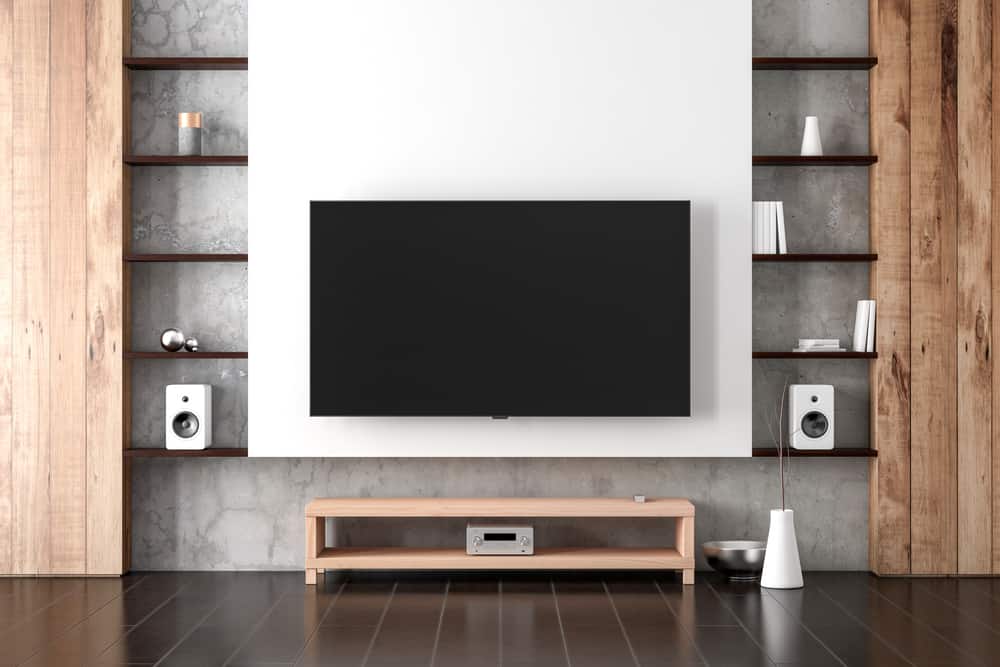
Protecting the TV from any heat is one of the critical things to consider if you want to improve its life.
Heat protection is also necessary for the improved life of the interior boards and the device’s hardware.
To protect the TV from heating, take the following steps.
- Install a proper ventilation system where you have placed your TV.
- Place the TV in a higher location.
- Keep it away from devices that generate heat constantly.
- If you have put it in a room, make sure to install an exhaust system.
- Reboot the TV if you are using it constantly.
If you allow the TV to heat continuously, you will soon see a negative impact on the TV.
The heat will reduce the life span of your TV and have a negative impact on its lifespan.
The picture quality and color contrast will also face a strong impact.
4. Clean Your TV Regularly

Cleaning is another major thing you should do to improve your TV life.
It not only helps in increasing the life span but also helps in improving the performance of your TV.
Take the following steps to clean the TV.
- Use a cloth to remove the dust from the exterior body of the TV.
- Dip a piece of clean cloth in the dish cleaner and remove all the stains from your TV’s body.
- Use a hairdryer at a slow speed to dry the TV or dry it with the help of another piece of clean cloth.
Regular cleaning will keep all the external hardware of the TV clean and increase the body’s life.
It will also give you outstanding picture quality since you will be cleaning the TV screen from the outside.
5. Use Compatible Picture Features

Adjusting the brightness and color contrast plays a significant factor in extending the life of the TV.
Keep the light and color settings according to your specific needs of the time.
If you are viewing TV in a darker room, you should increase the brightness.
However, if you are watching TV in the morning with all the windows open, it is better to reduce the brightness.
You should also set the color contrast according to the nature of the environment.
Color sensitivity is an essential factor to consider when buying a TV since the control panel generates the color quality of the TV, which is quite sensitive.
Due to this reason, you should make sure to change the color contrasts based on the environment.
6. Mount It On The Wall

Mounting the TV on the wall is another major step to increase your TV’s life.
There are certain benefits of mounting the TV on the wall.
Take a look at some of the major benefits.
- It protects the TV from any harmful impact.
- It keeps the TV protected from heat
- It covers the TV from any damage.
- It gives your TV a cleaner, dust-free environment.
- You have a better view of the TV.
To mount the TV on the wall, take the following steps.
- Purchase a wall mount according to your TV’s size.
- Mark the holes according to the calculations and drill deep holes.
- Mount the bracket by joining it to the holes with the help of a wire or screws. (It depends on the type of mount you purchased.)
- Attach the TV mount with the wall bracket.
- Connect the TV to the wall mount.
After taking these steps, you will be able to mount the TV to the wall successfully.
Make sure you have mounted the TV in the correct location.
7. Use A Voltage Regulator

A voltage regulator is one of the most crucial aspects that play an important role in increasing the life of your TV.
A slight fluctuation of voltage can cause permanent harm to your TV.
Your TV might also face permanent damage to the board if it sees a significant voltage fluctuation.
To remain safe from any such issue, you should install a voltage regulator and install it with your TV.
The voltage regulator will protect you from voltage fluctuation issues and give you a stable and robust TV watching experience.
The voltage regulator also improves the performance of your TV by providing stable voltage.
It will prevent your TV from any harmful impact that can result due to current or voltage.
8. Place It At The Right Position
Selecting the proper position for your TV is one of the most crucial steps you should take to improve the life of your TV.
If you expose your TV to different heat-generating devices, your TV might not last long.
The position of your TV should also be free from any kind of dust or inconsistent wind speed.
Dust entering the TV might cause serious harm, and you can reduce the consequences by putting it in a place that has less dust.
Your TV should not be exposed to children since they can mess with the TV or even break the screen.
Due to this, we highly recommend you mount it on a wall, so it is out of reach of children.
9. Avoid Experimenting

Most people love playing and experimenting with the internal and external parts of the TV.
They play with the settings and analyze the results by carrying out random activities from the settings folder of the TV.
If you are the same, you should stop doing that immediately as it can have lasting effects on your TV.
You should access the settings option if you want to make a change or you have something that does not satisfy you.
Other than that, any random changes with the settings should be avoided.
You should also avoid playing with the exterior of the TV if you love tweaking the hardware for some reason.
This can be dangerous for your TV life since you are not a TV technician and any specific change can cause actual harm to your TV.
5 Types Of TVs
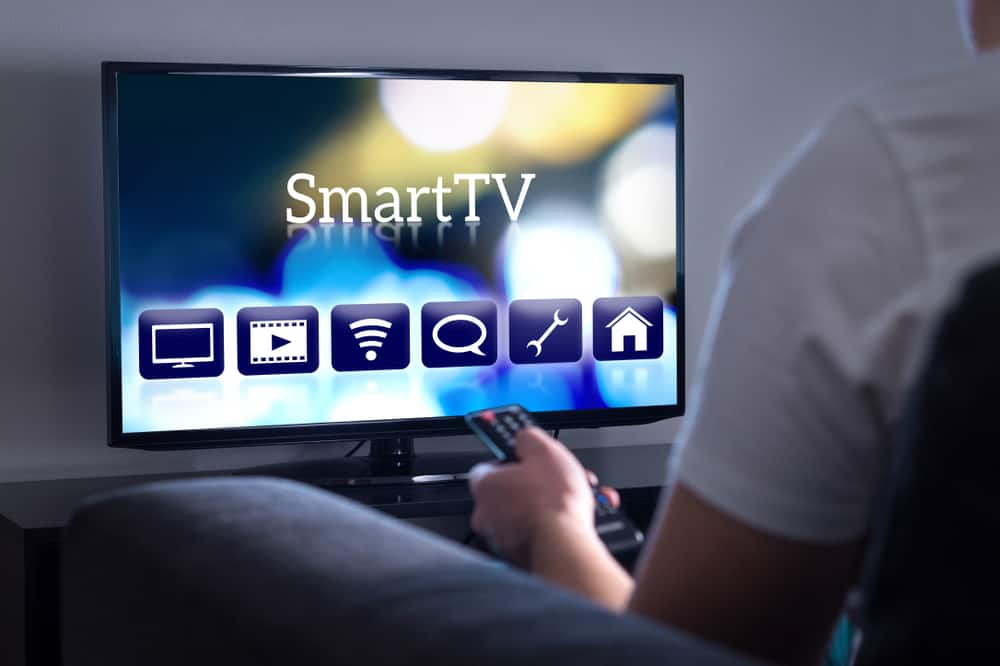
Buying a TV can be frustrating if you are not aware of the latest technology used in the industry.
You will also fail to recognize the right type that fits your needs and end up purchasing one that does not fit your needs in the best way.
Take a look at the five significant TVs type to understand better the technology used and their benefits.
1. Quantum Light Emitting Diode (QLED TVs)
QLED technology is one of the latest TV industry technologies introduced in 2015.
The technology uses tiny quantum dots to generate displays on the screen.
It is one of the best choices for individuals who want a quality TV with excellent reliability and durability and can afford to pay a significant price.
2. Organic Light Emitting Diode (OLED TVs)
The OLED technology uses organic material to generate light emissions with the passage of electricity.
The technology was invented and first used in 1987 and then transferred to the TVs in 1997 but did not operate at a fast pace.
It became fully functional in 2011–2012 and became widely popular since it provided an excellent picture quality and reduced the weight of the TVs.
3. Light Emitting Diodes (LED TVs)
LED televisions are simply a modified version of LCD TVs that uses a backlit of light-emitting diodes instead of color lit.
It became fully functional in the year 2007 and gained popularity worldwide in a short time.
These TVs are much more affordable in price and less heavy than most other TV types.
In fact, the cut-off of the weight started with the addition of LCD TVs in the market and is continuing till now.
4. Liquid Crystal Displays (LCD TVs)
The LCD TVs use a unique state matter that helps generate the pictures on the screen.
The solid-state matter works on the principle of molecules flying into the tube, developing some light on the screen with fantastic picture quality.
These TVs became functional in the 1960s.
Most people still use these TVs because of their design and picture quality.
In fact, LCD is the best-selling technology in the television industry that proved to be revolutionary.
5. Digital Light Processing (DLP TVs)
The Digital Light Processing Televisions use picture tubes to generate pictures on the screen when you provide power.
DLP Technology was one of the initial technologies used to prepare TVs.
These TVs are generally heavier and do not contain any intelligent features.
The picture quality of these TVs is not excellent enough compared to other forms of TVs.
Which Type Of TVs Last Longer?

The LCD and LED TVs last longer than all other types of TVs.
However, they cannot compete with the advanced features of the QLED and OLED TVs.
The OLED and QLED TVs work well and sustain even longer, but they require extreme care since they use advanced technology.
These TVs are susceptible to a slim body.
Although they are water and dustproof, a slight hit on their screen can completely ruin their panel.
This makes the LCD and LED TVs the best in terms of reliability.
If you are considering the advanced features, you should purchase OLED and QLED TVs.
As far as prices are concerned, LED and LCD TVs are much more affordable than OLED and QLED TVs.
You should always choose LED and LCD TVs if you have a small budget and durability is your preference.
Which TV Brands Last Longer?

Brands provide value depending on the material you purchase and your price.
However, the prices you pay increase your TV’s internal and external features.
One thing that always remains constant no matter what model you purchase or which price you pay is durability.
When it comes to durability, four brands have proven their worth in a significant way.
- Samsung
- Sony
- LG
- Panasonic
Samsung has proven to be the best by constantly creating products that last long and provide excellent value to the customers.
It is undoubtedly the best when it comes to durability.
Other brands, including Sony, LG, and Panasonic, are also highly durable but cannot compete with Samsung in durability and building sustainable products.
When it comes to adding quality features, there is tough competition against these brands.
You should always consider Samsung TVs if you want durability, but you will have to pay a considerable price to purchase a Samsung TV.
Conclusion
The life of a TV completely depends on the product you are purchasing and how you are treating that particular product.
If you have a good habit of taking special care, they will surely last longer.
However, if you just treat it as a normal electronics product, you will notice an even shorter life span.
NEXT: Why Are My AirPods Not Connecting? (9 Reasons, Fixes)



